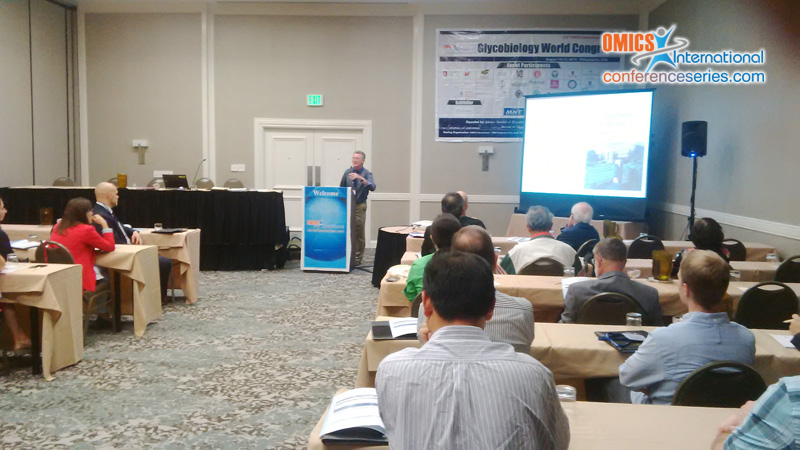
Neil P.J. Price
National Center for Agricultural Utilization Research, USA
Title: Tunicamycins: translocase-I inhibitors that target bacterial cell wall and mammalian N-glycoproteins. The potential for selective inhibitors
Biography
Biography: Neil P.J. Price
Abstract
Tunicamycins are a heterologous family of nucleoside antibiotics that target the biosynthesis of bacterial peptidoglycan and eukaryotic N-glycoproteins. The mechanism of action is known, with the tunicamycin-Mg2+ complex established as a transition state analog for hexosamine-1-phosphate:prenol phosphate translocases. Hence, this inhibits the formation of N-acetylmuramyl-undecanol pyrophosphate in bacteria or N-acetylglucosamine-dolichol pyrophosphate in eukaryotes, which are essential intermediates in these organisms. We have investigated the biosynthesis of the tunicamycins by certain streptomyces species, and have proposed a pathway in which the 11-carbon dialdose sugar, tunicamine, is derived from uridine and N-acetylglucosamine. Once formed the uridyl-tunicaminyl intermediate is α,β-1,11-glycosylated and N-acylated to form the bioactive compounds prior to secretion. Heterologous expression identified twelve tun genes (tunA – tunL) responsible for tunicamycin biosynthesis in the producing organisms Streptomyces chartreusis and S. clavuligerus. Amongst these is a putative radical SAM enzyme (TunB) with a potentially unique role in biosynthetic carbon-carbon bond formation, and an unusual glycosyltransferase (TunD) involved in the formation of the anomeric-to-anomeric α,β-1,11-glycosidic bond. Hence, a biosynthetic pathway is proposed for tunicamycin biosynthesis which may be useful for the design of new tunicamycin analogs with selective/enhanced translocase specificity.


